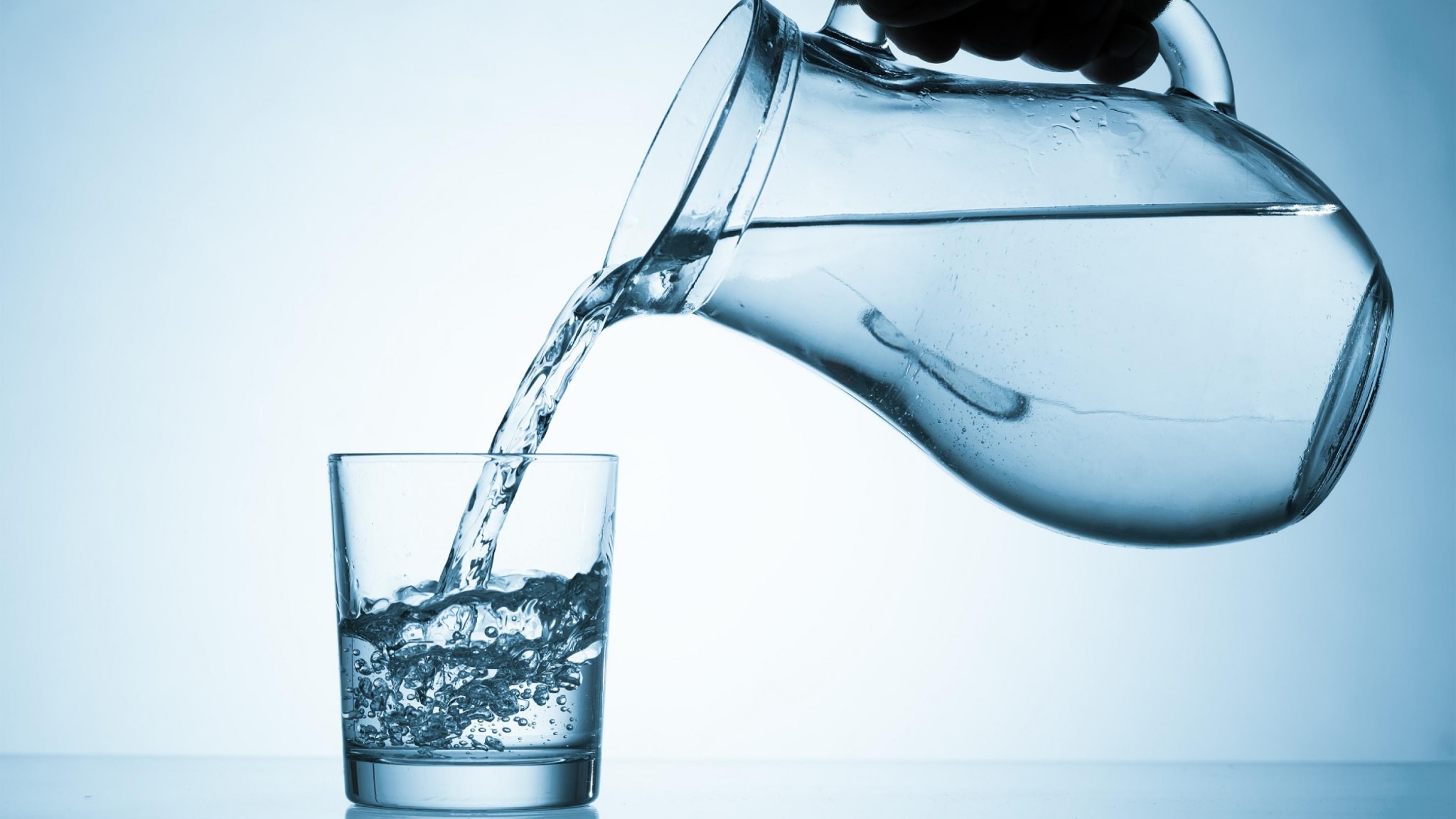A research team from the Department of Medical-Surgical Sciences and Biotechnologies of the Sapienza University of Rome has created a new
biosensor
capable of
detecting very low concentrations of Escherichia coli
, chosen as a model pathogen.
Contamination
of water pipes with bacteria or viruses
, in addition to being a public health problem, it represents a particularly relevant biosecurity issue for each country.
Although early warning systems that monitor the quality of drinking water are necessary to protect the population, the main techniques for detecting pathogens require expensive equipment, specialized personnel and a massive consumption of reagents and single-use laboratory equipment.
Biosensors, or analytical devices that combine biological components and physico-chemical detectors to identify chemical and biological substances, therefore represent a valid and effective alternative to the detection methods currently in use.
The results of the study, supported by the NATO Science for Peace and Security (SPS) program and the result of the
Sapienza's collaboration with Cnr
, Jeonbuk national university and the Air force research laboratory, have been published in the Environmental Science: Nano magazine.
"The biosensor - explains Luciano De Sio, coordinator of the study - is able to detect the pathogen thanks to the chemical-physical properties of the gold nanorods (AuNRs) functionalized with an antibody directed against a specific receptor and immobilized on a substrate of glass".
The results obtained demonstrated the efficacy of the antibody in selectively recognizing E. coli cells, thanks to the unique interaction between antigen and antibody.
This key-lock mechanism determines a change in the medium surrounding the AuNRs, as a result of which a change in color occurs proportional to the concentration of the bacterium.
"The biosensor created - continues Luciano De Sio - shows a detection limit of 8.4 CFU / mL,
which is an order of magnitude lower than other types of plasmonic biosensors already reported in the literature, therefore more sensitive.
Furthermore, the recognition experiments performed with other bacterial strains (such as Salmonella thyphimurium) confirm the specificity of the biosensor. "To give the biosensor a second life and thus minimize its environmental and economic impact, the research group exploited the properties AuNRs to be able to convert light into heat So the biosensor can carry out a photothermal disinfection process with two laser sources (multicolor disinfection) and, after an appropriate washing procedure, is ready to be reused in other recognition experiments.
the research group exploited the properties of AuNRs to be able to convert light into heat.
Thus the biosensor can carry out a photothermal disinfection process with two laser sources (multicolored disinfection) and, after an appropriate washing procedure, is ready to be reused in other recognition experiments.
the research group exploited the properties of AuNRs to be able to convert light into heat.
Thus the biosensor can carry out a photothermal disinfection process with two laser sources (multicolored disinfection) and, after an appropriate washing procedure, is ready to be reused in other recognition experiments.
This study offers the opportunity to create next generation biosensors
that are ecological and sustainable in addition to their effectiveness and sensitivity in biosensing.
"
The next steps
- concludes Luciano De Sio - will be to
exploit the enormous versatility of the device
to use it in other fields of application, such as the monitoring of tumor markers, the specific recognition of antibodies, such as those developed following SARS-CoV-2 infection, but also the creation of wearable biosensors for the multiple monitoring of analytes of interest medical, even in conditions of microgravity.
The hope is to exploit the sunlight-induced photothermal disinfection process to generate a new class of sustainable and reusable biomedical devices. "

